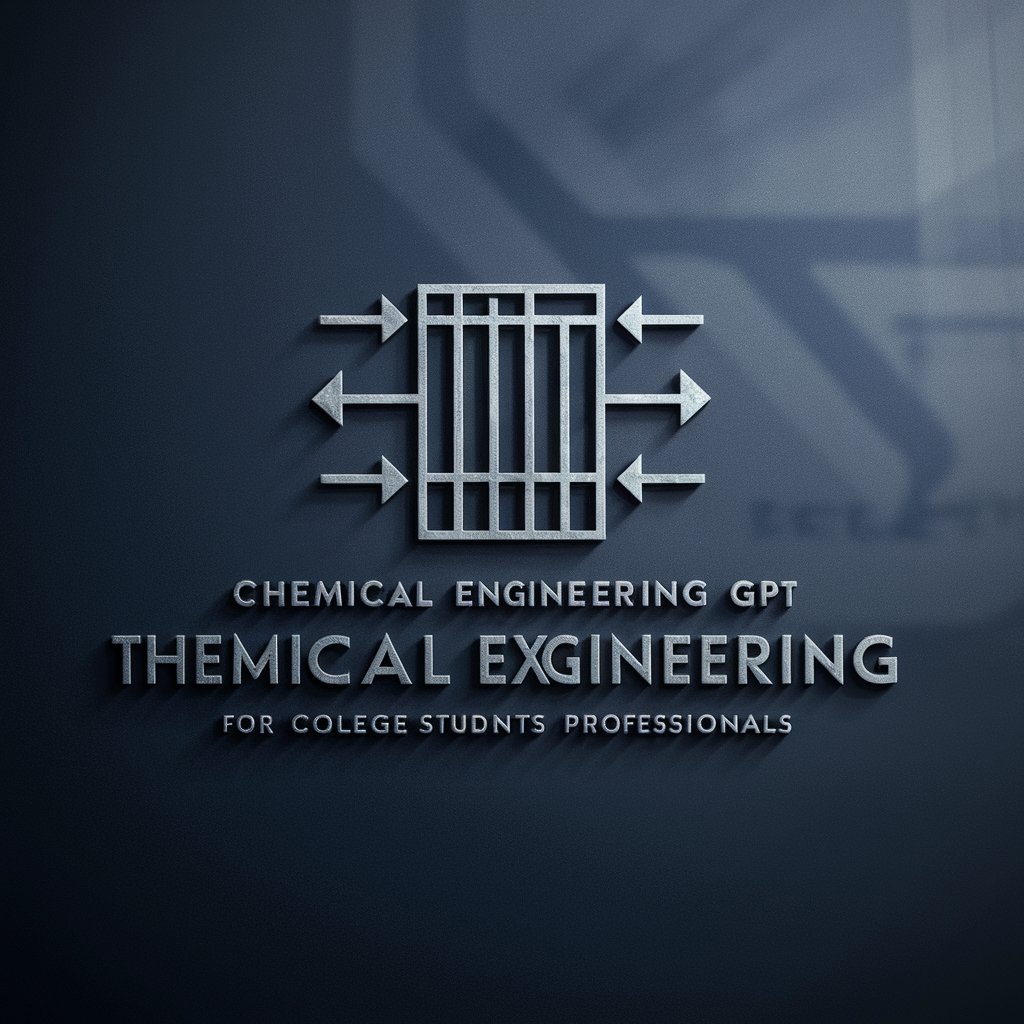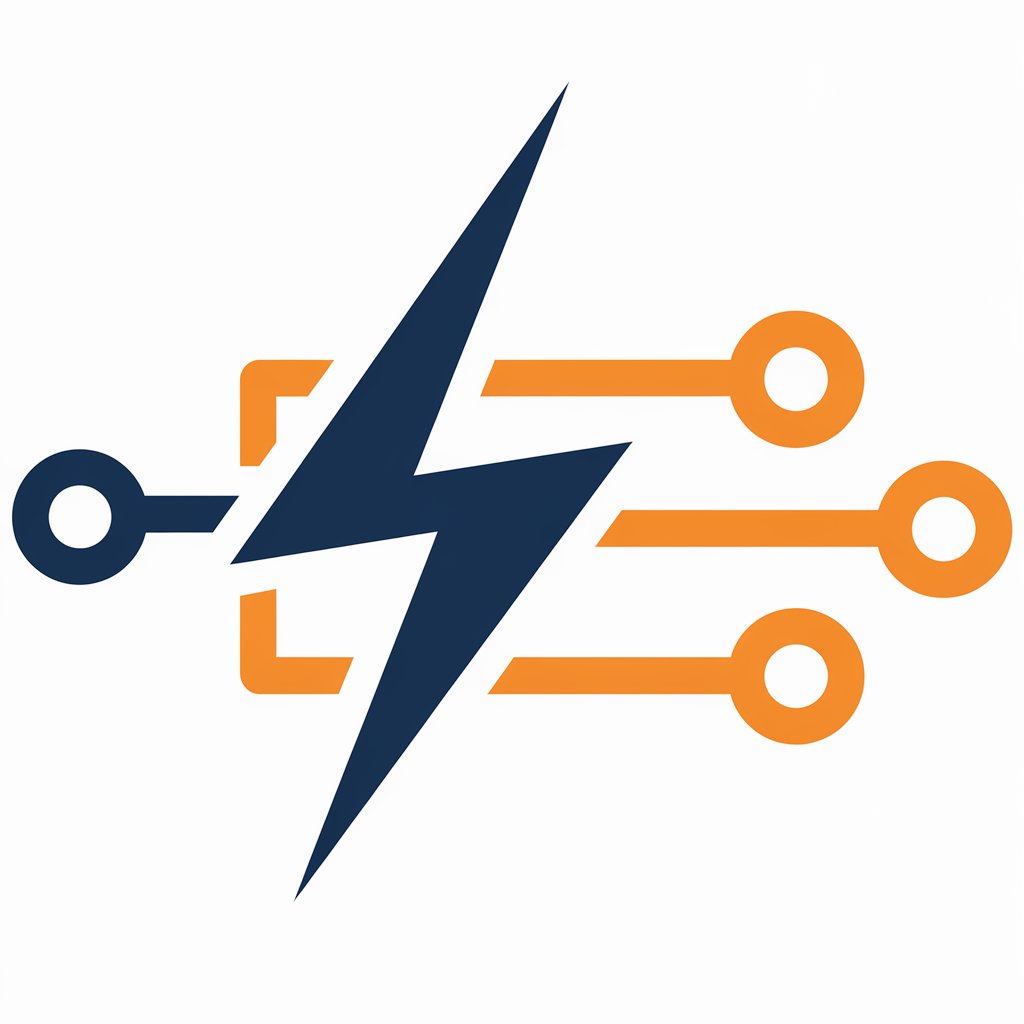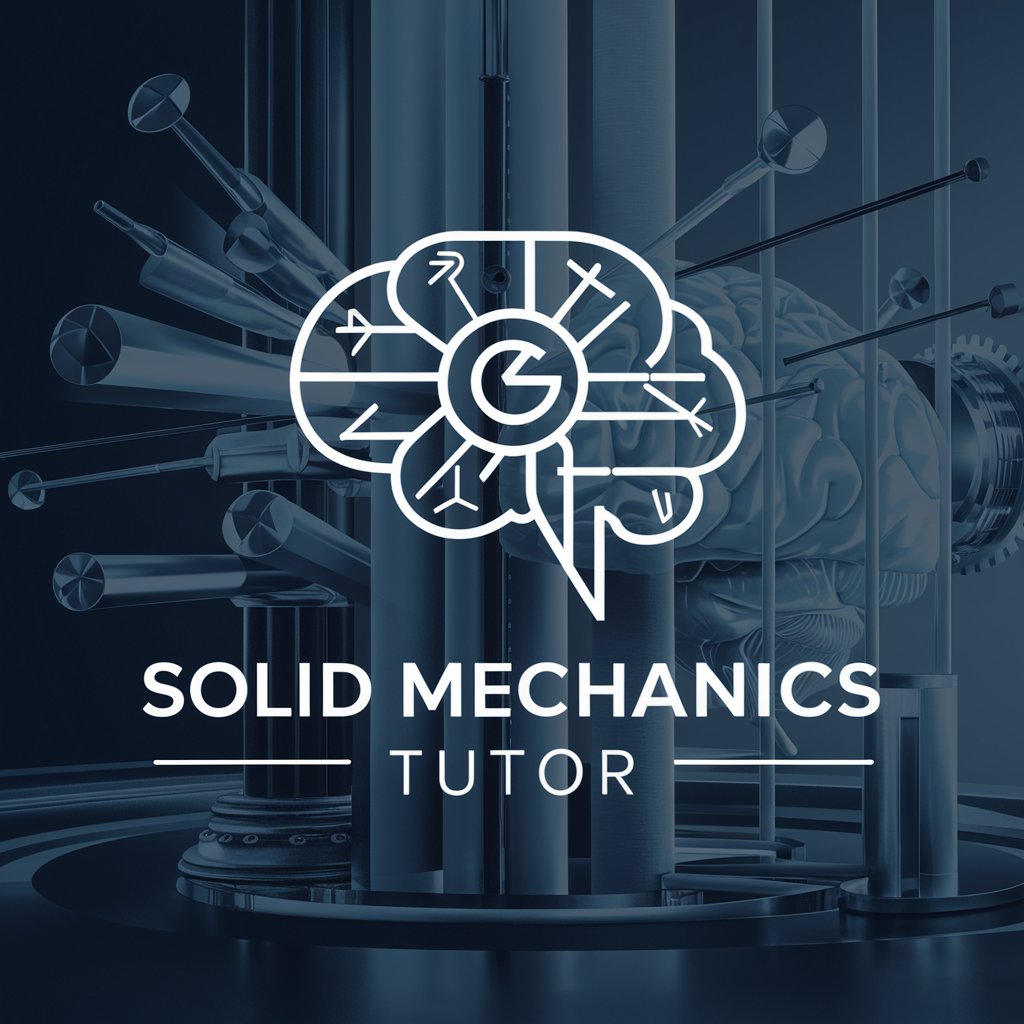
CAE Simulation Expert-Ansys|Fluent|LS-DYNA|Abaqus-AI CAE simulations
AI-powered CAE simulation and automation

Expert in CAE simulations, providing detailed, technically accurate responses.
Get Embed Code
CAE Simulation Expert — Purpose and Design
CAE Simulation Expert-Ansys|Fluent|LS-DYNA|Abaqus is a conceptual, consolidated capability set that represents best-practice use of four leading CAE products: Ansys (structure, multiphysics, system-level), Ansys Fluent (CFD), LS-DYNA (explicit dynamics, nonlinear transient), and Abaqus (implicit/explicit nonlinear structural). The design purpose is to provide end-to-end virtual engineering: recreate physical behavior in a digital environment to accelerate product development, reduce physical testing, investigate failure modes, and enable design optimization. Key design goals are accuracy (physics fidelity and validated material models), efficiency (meshing, solver selection, HPC and solver tuning), traceability (data provenance, verification & validation), and integration (CAD import, multiphysics coupling, scripting/API automation, and PLM/ALM interoperability). At a functional level the capability set covers the entire CAE workflow: problem definition, geometry cleanup and defeaturing, mesh generation (structured/unstructured, hexa/quad/tet, shell/solid), material modeling (elastic, plastic, viscoelastic, hyperelastic, equation-of-state), boundary/initial condition definition, solver selection and parameterization (implicit/explicit, steady/transientCAE Simulation Expert overview, RANS/LES/URANS, VOF, DEM coupling), postprocessing and result interpretation (contours, vectors, modal shapes, time-history), model validation against test data, sensitivity studies, and automated optimization (DOE, response surface, gradient and gradient-free optimizers). It is intended for single-discipline studies (CFD or structural) and coupled/multiphysics studies (fluid–structure interaction, thermal–structural, electromagnetics–thermal).
Core Functions and Applied Use Cases
Geometry preparation and defeaturing
Example
Import CAD assembly, remove tiny fillets/bolts not important for structural load paths, heal bad faces, create mid-surfaces for thin-walled components, and generate watertight solids for CFD.
Scenario
A transmission housing with many small chamfers and bolt threads — defeature to reduce mesh count while preserving stiffness-critical geometry; produce shell midsurface for thin-wall stiffeners used in crash simulations to cut element count by 60% without losing global structural response.
Mesh generation and quality control
Example
Generate hexa-dominant mesh for a gearbox housing, boundary-layer prism mesh for turbine blades, and fine-tetra mesh around welds; run quality checks for skew, aspect ratio, Jacobian and refine automatically.
Scenario
Compressible flow over an airfoil: create multi-zone structured O-grid around the airfoil to capture boundary layer, plus prism layers to resolve near-wall gradients for accurate lift prediction; run y+ checks and adapt mesh to meet solver requirements.
Material modeling and constitutive behavior
Example
Define temperature-dependent plasticity for high-temperature creep of nickel superalloy, hyperelastic rubber model (Ogden/Mooney-Rivlin) for seals, and strain-rate dependent Johnson–Cook model for metal under impact.
Scenario
Crash simulation: assign Johnson–Cook parameters to the vehicle bumper and structural members to predict deformation and fracture at high strain rates; include explicit damage initiation and element erosion to capture tear-through.
Solver selection and configuration (implicit/explicit, steady/transient, CFD turbulence models)
Example
Use Abaqus/Standard for slow, highly nonlinear static load (large plastic deformation, contact), LS-DYNA explicit for fast transient impact, and Ansys Fluent with RANS for steady external aerodynamics and LES for high-fidelity unsteady vortex shedding.
Scenario
Designing a bicycle helmet: run an LS-DYNA explicit transient impact for headform deceleration; use Abaqus implicit to evaluate static liner compression under repeated loading for comfort and durability; use Fluent to simulate ventilation airflow through vents for thermal comfort.
Multiphysics coupling (FSI, conjugate heat transfer, CFD–thermal–structural)
Example
Two-way fluid–structure interaction between blood flow and arterial wall using Fluent for flow and Abaqus for structure via co-simulation; conjugate heat transfer for engine cooling using Fluent coupled to Ansys Mechanical.
Scenario
Turbocharger housing: simulate hot gas flow inside turbine and conjugate heat transfer into the housing to predict thermal gradients and creep; couple thermal load into structural solver to assess thermal fatigue life of mounting points.
Explicit dynamics and transient nonlinear analysis
Example
Use LS-DYNA to model vehicle crash, blast/fragmentation, and drop tests with contact, large deformation, and material failure. Include contact stiffness tuning, mass scaling considerations, and time-step management.
Scenario
Automotive frontal crash: simulate occupant kinematics, airbag deployment, and seatbelt loads with full-vehicle finite element model to evaluate occupant injury metrics (HIC, chest deflection) and iterate on energy-absorbing structures.
CFD-specific capabilities (turbulence, multiphase, combustion, reacting flows)
Example
Use Fluent to run turbulent combustion with chemical kinetics for an internal combustion engine, multiphase VOF for sloshing in tanks, and particle tracking/DEM coupling for sprays or particulate transport.
Scenario
Rocket engine injector development: perform reacting flow simulation to predict combustion stability, heat flux to walls, and injector spray atomization; optimize injector geometry to reduce hotspots while maintaining desired thrust.
Model validation, verification, and uncertainty quantification (V&V/UQ)
Example
Compare modal frequencies from modal analysis to experimental modal test; run mesh convergence studies, sensitivity to material parameters, and Monte Carlo sampling of manufacturing tolerances to produce confidence intervals on performance metrics.
Scenario
Aerospace bracket qualification: validate FE model stiffness against test modal frequencies; quantify the effect of manufacturing variation in hole positions on fatigue life using stochastic sampling and present probabilistic margins to certification authority.
Design exploration and optimization (DOE, gradient-based, topology optimization)
Example
Use design of experiments to sample geometry and material space, build surrogate models (response surfaces), apply topology optimization to minimize mass subject to stiffness constraints, and run gradient-based optimizers for fine-tuning.
Scenario
Lightweighting a suspension component: perform topology optimization to remove low-stress material, convert the result into manufacturable geometry, validate with detailed FEA under service loads, and iterate to meet fatigue life and manufacturing constraints.
High performance computing (HPC) and automation (scripting/APIs)
Example
Parallel solver runs across hundreds of cores for large explicit crash models, automated batch parametric sweeps using Python/Ansys ACT/Abaqus scripting, and job orchestration on cloud/HPC for continuous integration of simulation.
Scenario
A tier-1 supplier runs nightly automated durability sweeps across dozens of loadcases and material variants; failures are flagged and the design team receives a prioritized list of issues before the next design review.
Post-processing, reporting and digital twin integration
Example
Generate contour plots, time-history traces, eigenmodes, and create standardized PDF/HTML reports; expose model inputs/outputs to PLM systems and create reduced-order models for digital twin deployment in operations.
Scenario
Wind turbine blade test: produce fatigue damage maps and export a reduced-order model for the SCADA system to predict remaining useful life in operation using sensor inputs.
Target Users and Why They Benefit
Design and Structural Engineers (Aerospace, Automotive, Heavy Equipment)
Engineers responsible for structural integrity, crashworthiness, fatigue life, and stiffness optimization. They benefit from Abaqus and LS-DYNA for nonlinear/quasi-static and transient explicit problems respectively, enabling virtual validation of designs before costly prototypes. Typical workflows include crash simulations, modal/frequency analyses, buckling and post-buckling studies, and fatigue life prediction. Benefit: reduced physical testing, faster iteration, and improved safety margins.
CFD Engineers and Thermal Analysts (HVAC, Power Generation, Aerospace, Automotive)
Specialists focused on fluid flow, heat transfer, combustion, and multiphase phenomena. They use Ansys Fluent for external aerodynamics, internal flows, conjugate heat transfer, and reacting flows. Use cases include turbo machinery performance, HVAC ducting optimization, combustion chamber design, and thermal management of electronics. Benefit: predict cooling performance, pressure losses, and flow-induced loads and inform design choices earlier in the cycle.
CAE/Simulation Managers and Lead Analysts
Personnel responsible for toolchain selection, process standardization, model quality control, and scaling simulations on HPC resources. They benefit from standardized workflows, automation scripts, and best-practice solver setups to ensure repeatable, auditable results across teams and projects. Use cases include establishing company-wide templates, managing solver licenses, and conducting V&V programs.
Materials Scientists and Constitutive Model Developers
Users who develop, calibrate and validate advanced material models (composite layups, viscoelastic polymers, high-strain-rate metals). They use the advanced constitutive capabilities in Abaqus/Ansys/LS-DYNA to capture microstructural effects, rate/temperature dependence, and damage evolution. Benefit: ability to translate lab characterization tests into predictive models used in product simulations.
R&D Engineers and Researchers (Academia and Industry)
Researchers developing new methods, multiphysics coupling techniques, and reduced-order models. They use the flexibility of scripting APIs and coupling frameworks to prototype novel algorithms, validate against experiments, and publish findings. Benefit: access to high-fidelity solvers and pretrained case-studies to accelerate research-to-product transfer.
Manufacturing Engineers and Process Simulation Specialists
Engineers simulating forming, stamping, casting, welding, and additive manufacturing processes. They use implicit and explicit solvers for forming, thermal–metallurgical models for casting and welding, and process-structure-property workflows to anticipate residual stress and distortion that affect assembly. Benefit: reduce rework, predict manufacturing defects, and inform process parameters.
Consultants and Specialty CAE Services Firms
Third-party firms offering simulation-as-a-service for companies lacking in-house capabilities. They provide turnkey solutions including model setup, validation, and actionable engineering recommendations using all four packages depending on problem type. Benefit: bring deep subject-matter expertise and scalable simulation resources to clients on an as-needed basis.
Product Managers and Systems Engineers
Stakeholders who need quantitative trade-offs across performance, cost, and risk. They use simulation outputs (sensitivity analyses, probabilistic performance envelopes, and optimized designs) to make informed roadmap decisions, cost–benefit analyses, and certification preparation. Benefit: translate technical simulation findings into business and program-level decisions.
Quick start — five essential steps
Visit aichatonline.org for a free trial
Open aichatonline.org to start a free trial — no account login required and no ChatGPT Plus subscription needed. This grants immediate access to the CAE Simulation Expert interface and example projects.
Prepare prerequisites
Have your CAD geometry (STEP/IGES/Parasolid), material data (stress–strain curves, density, thermal properties), boundary/loading definitions, and desired outputs (stresses, deformations, flow fields) ready. Confirm local hardware or remote HPC availability and ensure any required licenses for Ansys/Fluent/LS-DYNA/Abaqus are available if you will run licensed solvers.
Select solver and set up model
Choose the appropriate solver module (structural: Abaqus/LS-DYNA, CFD: Fluent, multiphysics: Ansys Workbench). Import geometry, define part/material properties, create mesh strategy (tet/hex, shell, contact refinements), and specify BCs/loads. Use the AI assistant to generate recommended mesh sizes, contact definitions, and solver settings tailored to your use case.
Run, monitor and validate
Execute the run locally or on a configured HPC queue. Monitor convergence, residuals, Courant/Freund numbers (CFD), energy balance (explicit dynamicsCAE Simulation Expert Guide), and timestep stability. Use built-in AI checks for common setup errors and automated verification steps (mesh independence, boundary-sensitivity). Post-run, validate results against analytical solutions, experiments, or benchmark cases and perform sensitivity analyses.
Postprocess, optimize and export
Use integrated postprocessing tools to extract contours, modes, flow streamlines, and report-ready plots. Apply AI-guided optimization (topology, parameter sweep, surrogate modelling) and export results (images, CSV, ParaView/Ensight files, .odb/.dat) for documentation or further analysis. Save model templates and automation scripts for repeatable workflows.
Try other advanced and practical GPTs
Zen Co-Pilot by ty-gpt.com
AI-powered assistant that streamlines support workflows

Oferta Direta
AI-powered ad copy that converts

GPT Text to Voice
AI-powered, seamless text-to-speech conversion

Automata Expert
Automate your tasks with AI expertise.
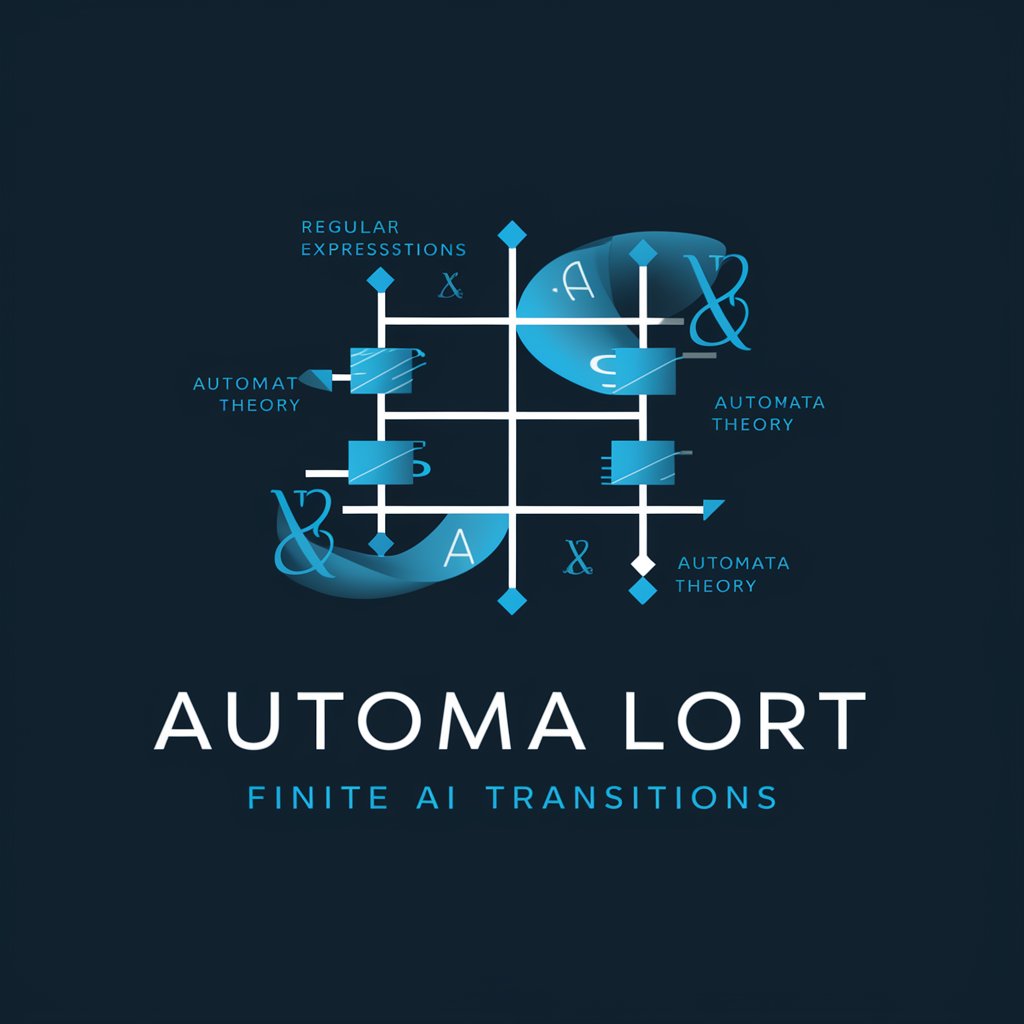
Natalia Beauty World
AI-powered beauty & branding strategist

Claude 3
Claude 3 — AI-powered reasoning and writing assistant
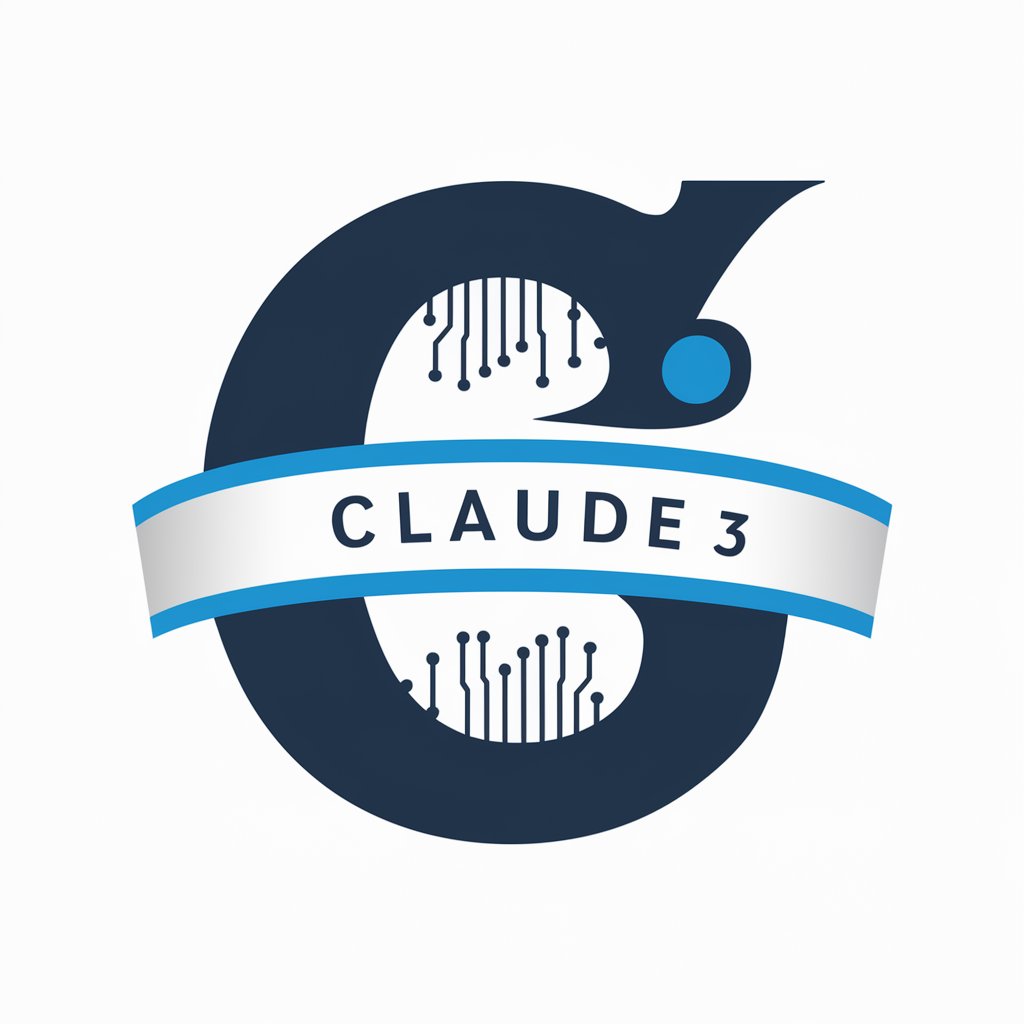
Creative Writing
AI-powered creativity, tailored to your writing.
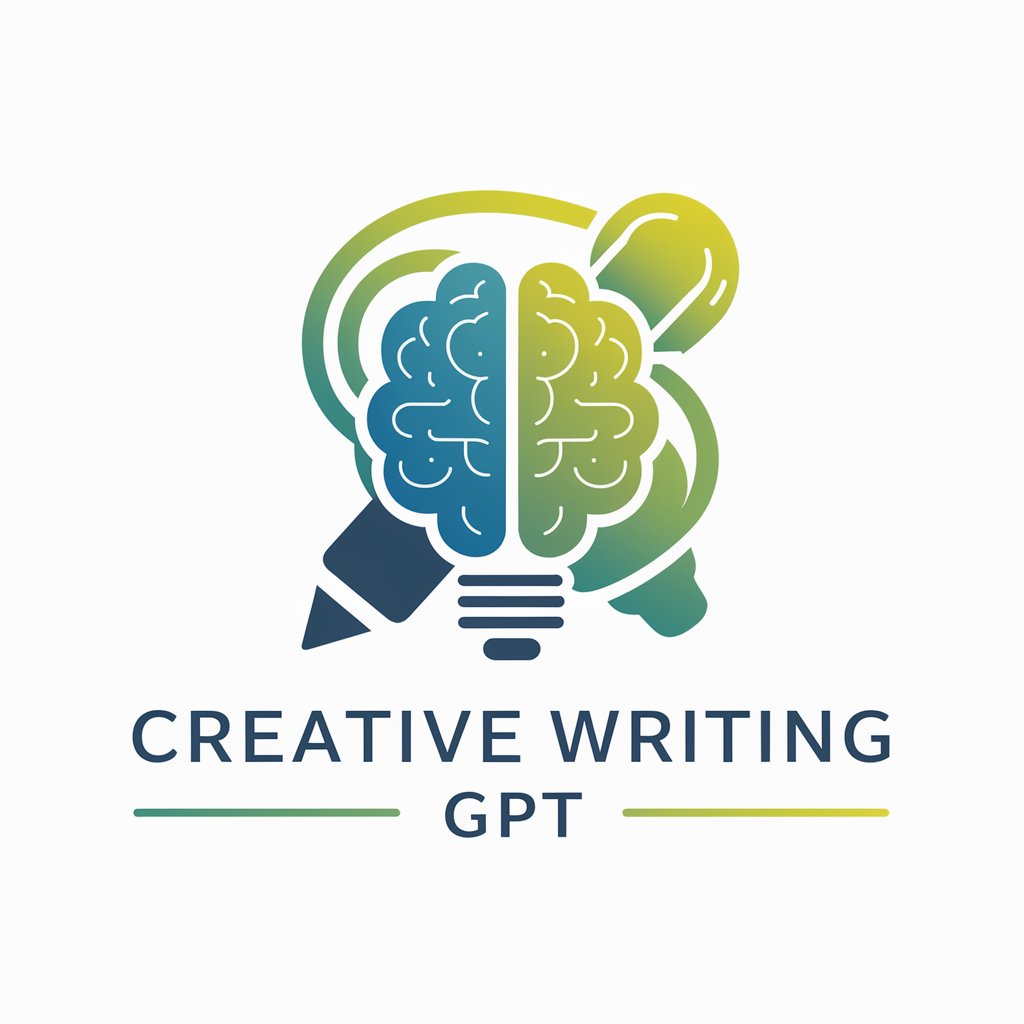
Bash Shell Script
Automate tasks with AI-powered Bash scripting

Chem Solver
AI-powered chemical analysis at your fingertips
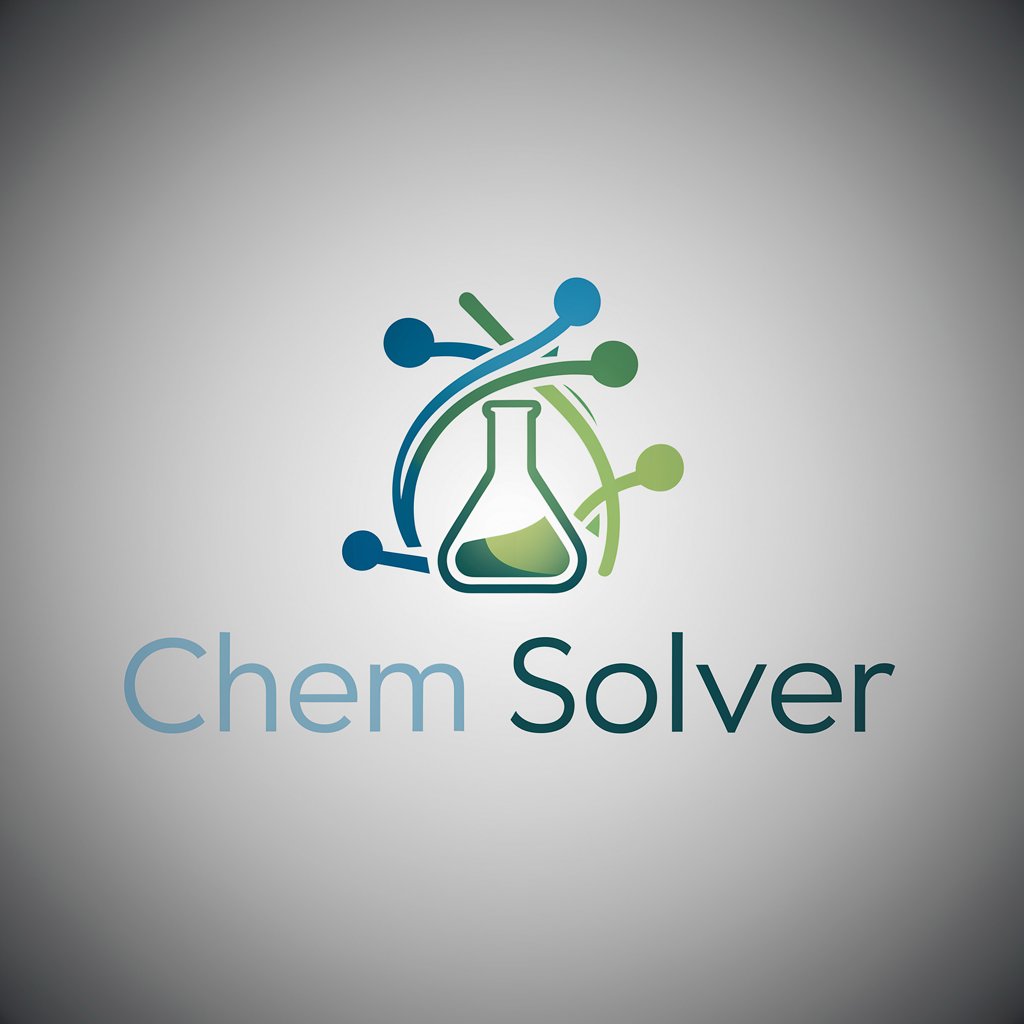
Slang Savvy
AI-powered slang suggestions for any text.

MTG EDH Deckmaster
AI-driven deck optimization for Commander players.

Copy Editor Bot - CE 101
AI-driven proofreading for flawless writing.
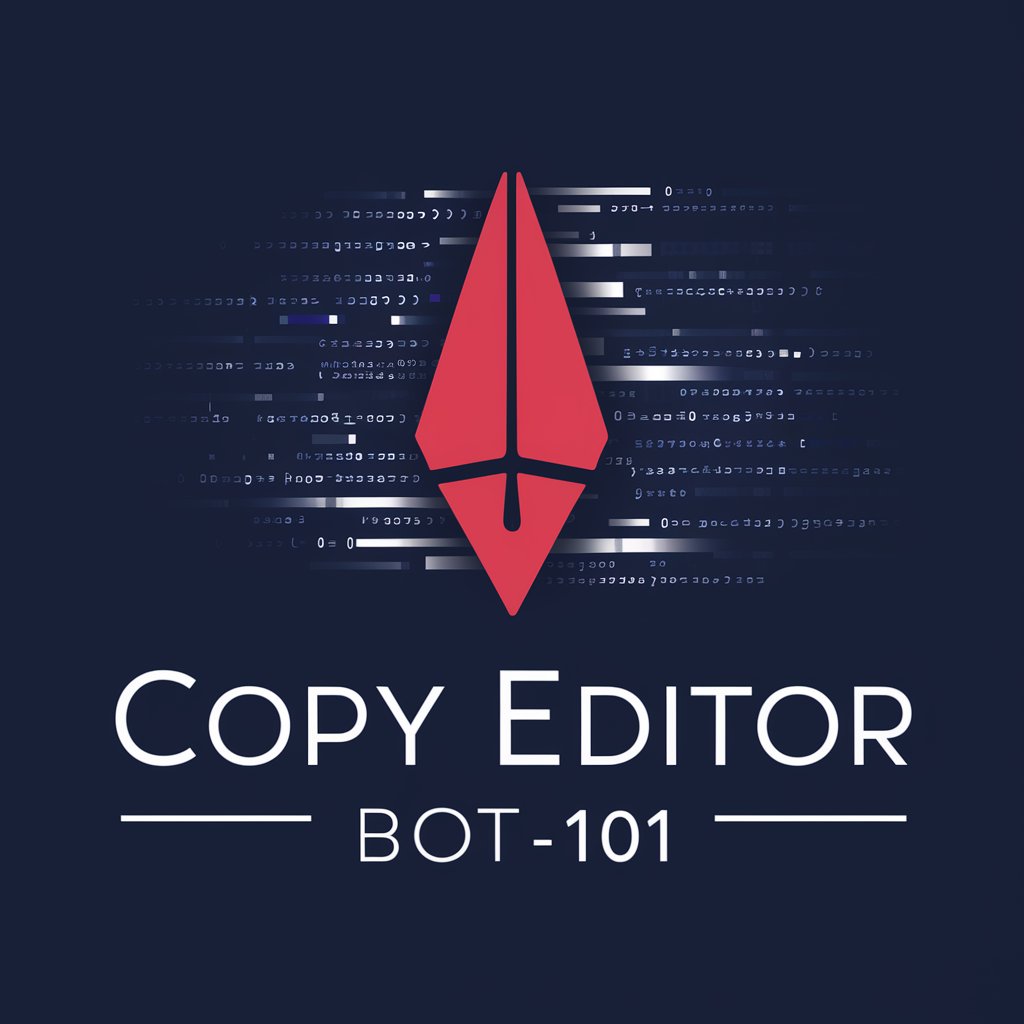
- Optimization
- Simulation
- Validation
- Postprocessing
- Multiphysics
Common questions and expert answers
Which solver should I choose for my problem?
Select the solver based on physics and timescale: Fluent for incompressible/compressible fluids and conjugate heat transfer; Ansys Workbench (Mechanical) for general structural, thermal, and coupled multiphysics; Abaqus for nonlinear quasi-static and complex contact/hyperelasticity; LS-DYNA for explicit transient events like impacts and crashworthiness. The CAE Simulation Expert recommends the best-fit solver after you provide a short description of loads, materials, and required outputs.
How does the AI improve setup and accuracy?
The AI inspects geometry for skinny features, suggests mesh refinement zones based on anticipated gradients, proposes contact formulations, estimates time step/element size for stability, and identifies missing constraints or unrealistic boundary conditions. It also recommends validation checks (mesh convergence, conservation diagnostics) and can propose surrogate models for rapid parameter sweeps, reducing manual tuning and improving initial accuracy.
Can I run licensed solvers through the platform and use HPC?
Yes. The platform supports dispatching jobs to local licensed solver installations or to configured remote HPC clusters. You must provide valid solver licenses (Ansys, Fluent, Abaqus, LS-DYNA). The tool automates job submission scripts, parallelization settings, and environment modules. It also supports containerized solver runs for reproducibility when licenses permit.
What validation and verification workflows are supported?
Built-in workflows include mesh independence studies, timestep sensitivity (explicit/implicit), comparison against analytical solutions or benchmark cases, energy and mass conservation checks (for CFD), and automated generation of convergence plots. The AI suggests relevant experimental metrics to compare and flags discrepancies with statistical summaries and root-cause hypotheses.
How do I integrate this with CAD and automation pipelines?
Integration supports direct CAD import (STEP/IGES/Parasolid), parameterized geometry via named parameters, and scripting through Python APIs. Use the automation modules to parameterize studies, run design-of-experiments (DoE), connect to optimization engines (topology or gradient-based), and export results to PLM/ALM or PDM systems. Templates can be saved for CI/CD style CAE pipelines.

